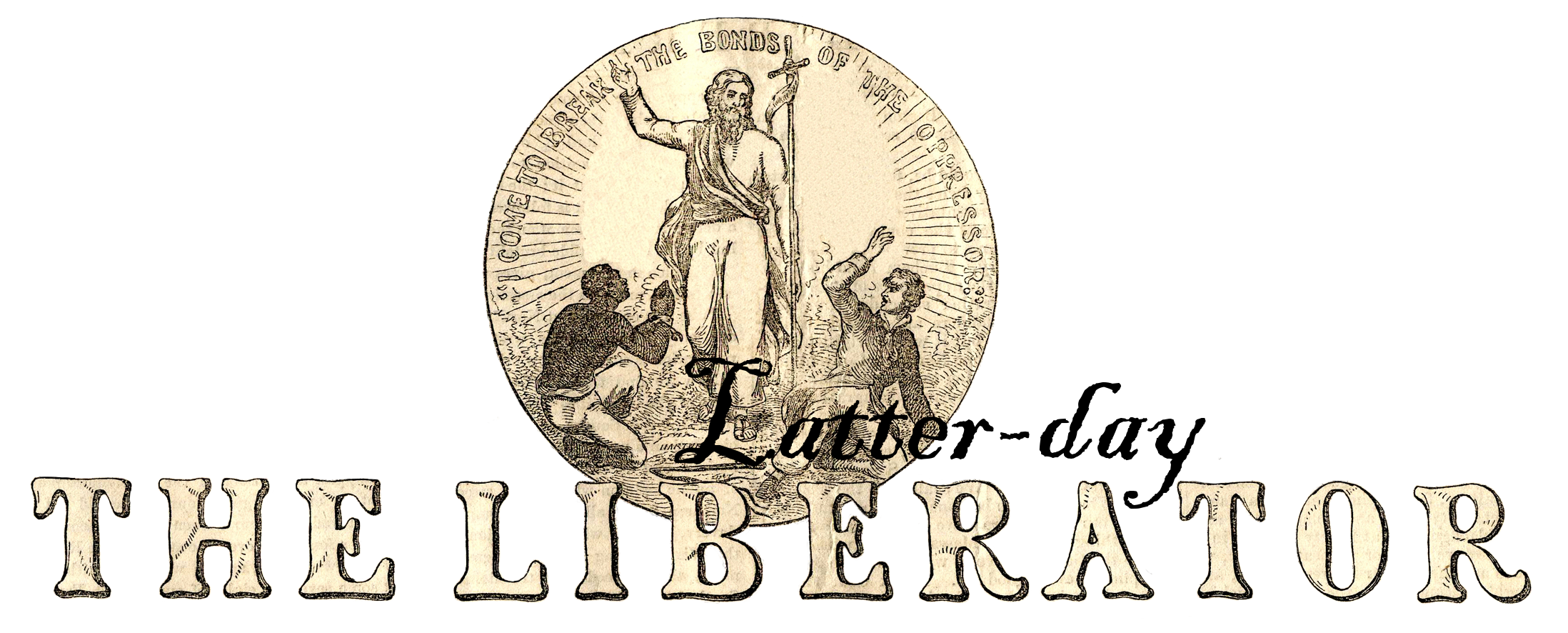There is no end to the handwringing that and internet article posts made by members and non-members of the Church of Jesus Christ that claim to accurately diagnose problems in “Mormon culture” and then offer solutions. Claims of homophobia, sexism, racism, nativism, transphobia, hatred, cliquishness, and more are all laid at the feet of the Latter-day Saints, told their culture is to blame, and demand (or “suggestions”) are made that will supposedly banish these ills from Latter-day Saints society. But is this true? It is certainly true that Latter-day Saints do some of these things, but is the reason they do it because of the influence of uniquely LDS theology and cultural beliefs?
In a word? No. These problems exist among Latter-day Saints, but these problems are not caused by Latter-day Saint or Mormon culture. Rather, Latter-day Saints are made scapegoats for problems which exist universally in the worldly societies in which Latter-day Saints participate and the values of which they have absorbed. When a Latter-day Saint is sexist, racist, nativist, etc., he or she is acting out the prejudices and biases of his or her own national culture and not so-called Mormon culture. In this article I explain how Latter-day Saints are indoctrinated into the virtues and vices of their national cultures and end up repeating those errors which are then incorrectly blames on Mormonism’s influence. I also talk about how you can get down to what is an actual, true Latter-day Saint culture, providing some examples to support my arguments about what it is and what it looks like. Finally, I conclude by looking at how real Latter-day Saint culture is a manifestation of the culture of Christ, which we should embrace wholeheartedly while abandoning all the Babylonian cultures of the world.
